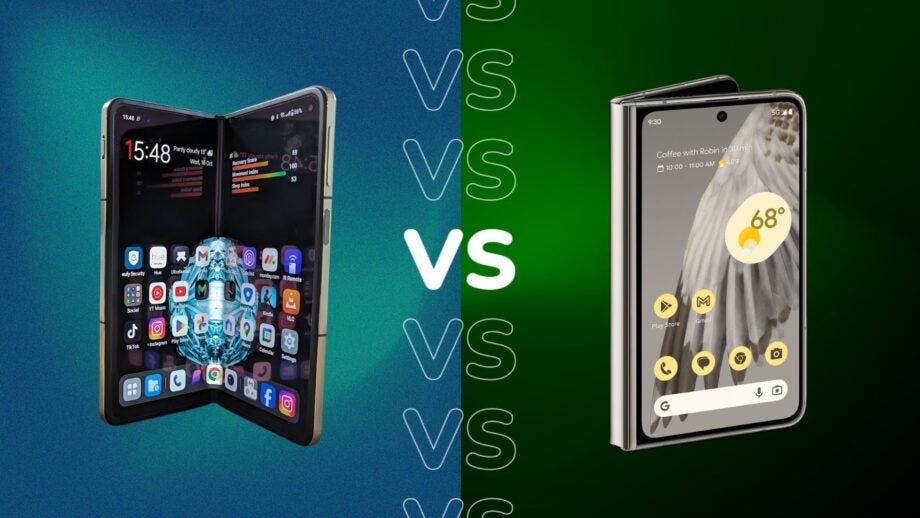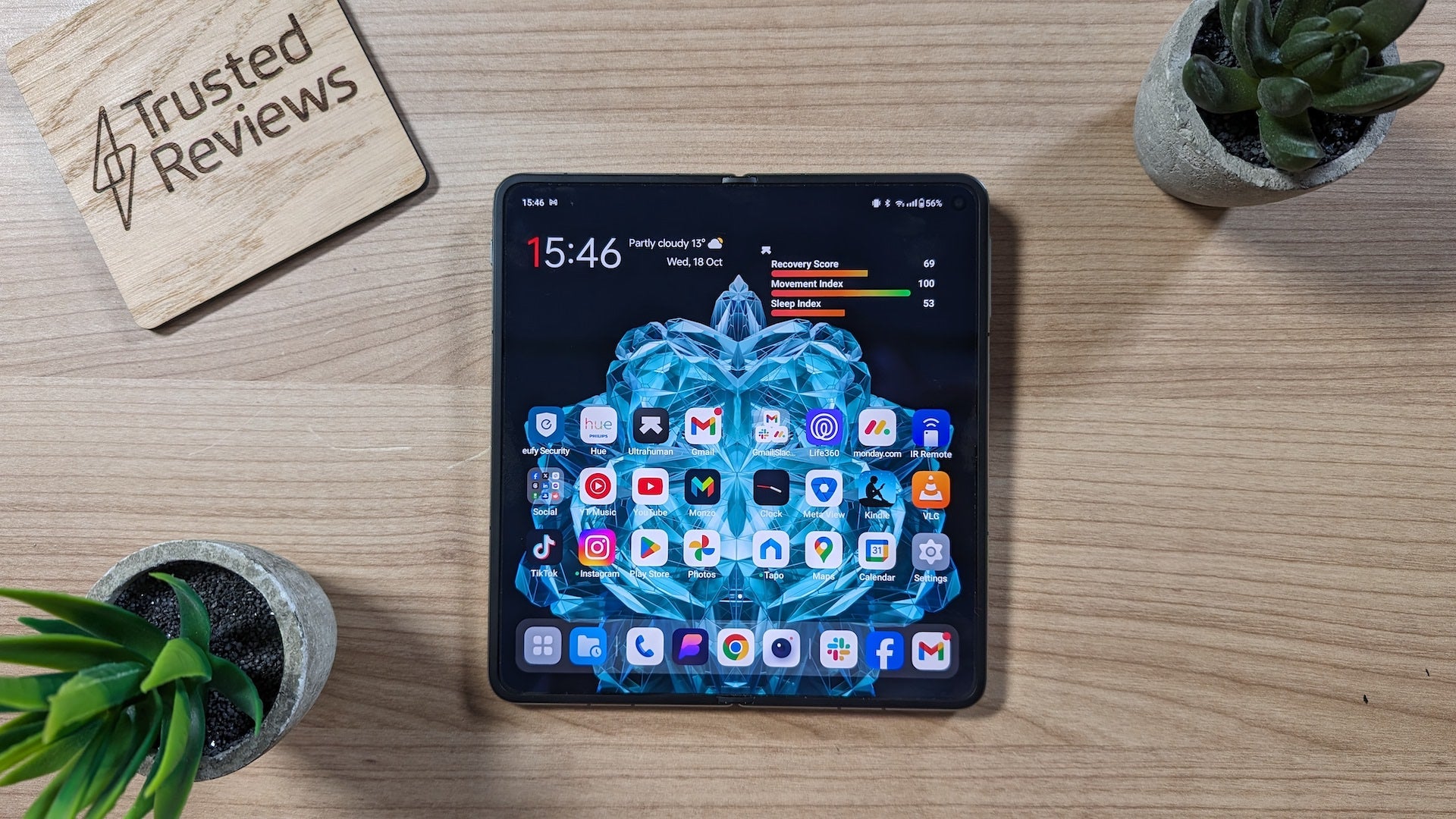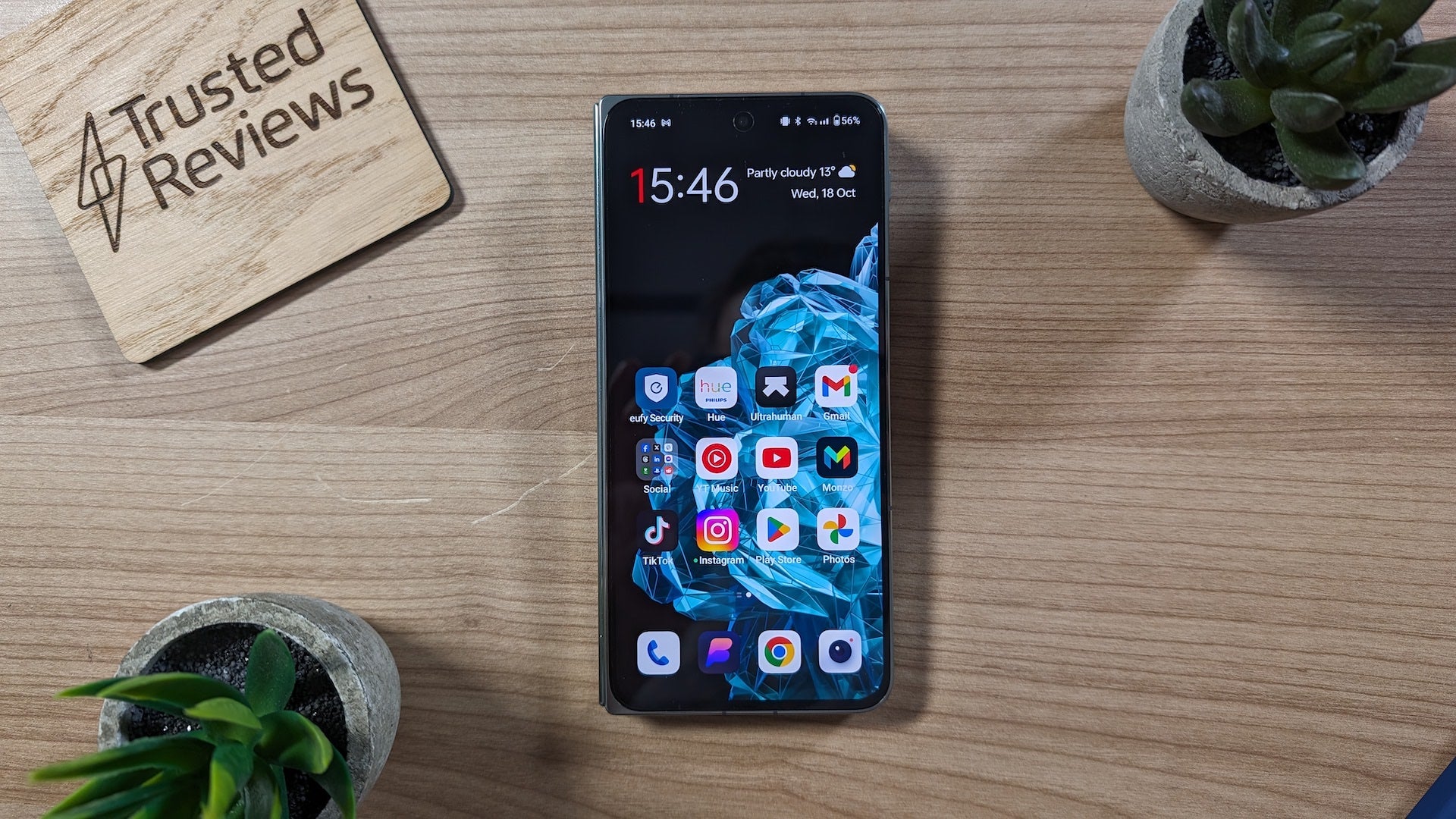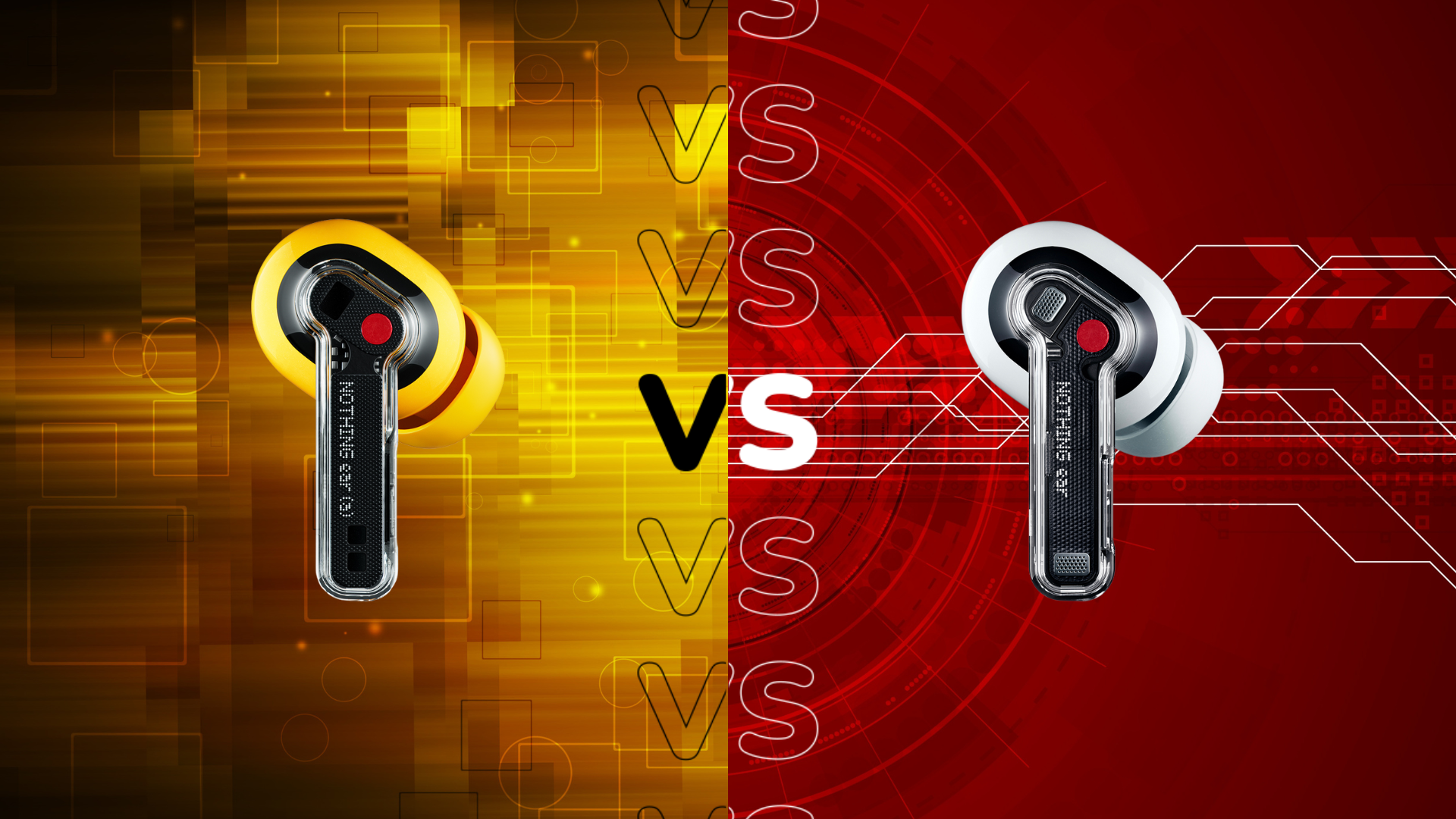OnePlus Open vs Google Pixel Fold: How do they compare?

Foldable smartphones are a popular choice for those who want something a bit different to the usual handset, especially if you plan on using your phone for work and multitasking.
Foldables, however, aren’t without their issues, as many have reported problems with their screens, performance and durability, and can be more costly compared to usual flagship smartphones.
With that in mind, how does OnePlus’ foldable smartphone offering compare to Google’s? Read on to find out more about each foldable’s features and differences and see which one might better suit your needs.
Pricing and availability
The Google Pixel Fold is the older of the two handsets, as it launched back in June 2023, whereas the OnePlus Open launched in October 2023. Both are available globally, with the OnePlus retailing slightly cheaper than the Pixel Fold at £1599/$1699.99/€1799. The Pixel Fold is currently retailing for £1749/$1799/€1899.
Design
The Google Pixel Fold is slightly smaller in size compared to the OnePlus Open. Its cover display measures 5.8 inches, compared to the OnePlus Open’s 6.3 inches, and its internal foldable display is 7.6 inches compared to the OnePlus Open’s larger 7.82 inches.
Despite being smaller, the Pixel Fold is still slightly heavier, weighing 283g compared to 245g. This is worth considering, as although it’s lighter than the Pixel Fold, the OnePlus Open is still typically considered as quite a heavy handset.

The biggest difference between the two, which could be detrimental when deciding between them, is with the crease when opened. The OnePlus Open’s crease is essentially invisible, albeit slightly noticeable if you look off-angle. In fact, in his review, Lewis Painter states that “it’s completely imperceptible when looking at it straight on.”
In comparison, the Pixel Fold falls short. Lewis concluded that the “crease is the most prominent that I’ve come across in 2023, obvious not only when looking at the 7.6-inch OLED display anywhere else but head-on, but also when swiping across the screen and feeling that notable dip.”

Both have a 120Hz refresh rate that promises smooth on-screen animations. The OnePlus Open, however, boasts a huge 28000-nits maximum brightness, whereas the Google Pixel Fold’s maximum is 1200 nits. Although 1200 nits is not to be sniffed at, comparably the OnePlus Open is much brighter.
Camera
Both the OnePlus Open and Google Pixel Fold house a trio of cameras at the rear, but their resolution differs between them. The OnePlus Open boasts a higher trio of lens resolutions, with a 48MP main lens, 48MP ultrawide lens and 64MP telephoto lens with 3x optical and 6x lossless in-sensor zoom. The Pixel Fold’s lineup involves a 48MP main lens, 10.8MP ultra-wide and an 18.8MP 5x telephoto lens.
In his review, Lewis directly compared the OnePlus Open with the Google Pixel Fold, saying that “the 64MP snapper boasts 3x optical and 6x lossless in-sensor zoom, a capable periscope lens, boasting both a better zoom range and resolution (as well as a larger 1/2-inch sensor) than both the Pixel Fold and Galaxy Z Fold 5.”
The OnePlus Open’s images were also hailed as an “absolute delight, boasting great brightness, sharp detail even when zooming into specific parts of a shot and impressively accurate colours that don’t look overly vibrant like some alternatives.”

With the Pixel Fold, however, the camera system was made to be partnered with the dedicated AI-powered photo editing software, which the OnePlus Open doesn’t have. This software includes Magic Eraser and Magic Unblur, which use AI to erase background distractions or unblur images without affecting the overall photo quality.
Both handsets have two front-facing cameras, one on the external and another on the internal display. Similarly to the rear setup, the OnePlus Open has higher quality lenses compared to the Pixel Fold. Its external front-facing camera is 32MP, whereas the Pixel Fold’s is just 9.5MP, and its internal front-facing camera is 20MP but the Pixel Fold is just 8MP.
Performance
The OnePlus Open runs on the Snapdragon 8 Gen 2, which although isn’t the most up-to-date chipset available, is still incredibly capable. The Pixel Fold, instead, runs on the Tensor G2, which is also a capable chipset, although it does tend to trail behind the Snapdragon. This is evident from our benchmark tests, as the Pixel Fold achieved a Geekbench multi-core score of 3677, compared to the OnePlus Open’s multi-core score of 4349.
The OnePlus Open is also coupled with 16GB of RAM and 512GB of storage, whereas the Pixel Fold has 12GB of RAM and either 256GB or 512GB of storage.
However, it’s worth noting that although the Tensor G2 does technically fall behind, it was built to focus on AI processing power over raw performance. This is a selling point for the Pixel Fold, as its AI capability is one of the best available, with Lewis concluding that “the main reason to opt for a Google Pixel smartphone in general, aside from the camera prowess, is Google’s stock (and AI-focused) approach to Android”.
For split-screen multitasking, the two handsets have different takes. OnePlus features Canvas, which allows users to load up to three apps in full-screen mode and can easily be switched between them. Pixel Fold, instead, runs just two standard Android apps side-by-side. Between the two handsets, the OnePlus Open has more of an inventive take.
It is also worth noting that app support for the Pixel Fold has not been reported as particularly good, due to the app’s lack of aspect ratio support. Although this is an issue that no manufacturer has yet to crack, Google’s solution is to not allow you to run any app in full-screen mode, unless it has specific support for the aspect ratio.
Battery life
Both handsets boast mammoth-sized batteries. The OnePlus Open has two battery cells, one 3295mAh and another 1510mAh cell, that are split across the two halves of the phone, equating to a 4805mAh total. The Pixel Fold’s battery is slightly larger, at 4821mAh. After 30 minutes of light gaming, we found the Pixel Fold to drain just 6% of its battery, compared to the OnePlus’ 8%.
One of the biggest differences between the two is the fast charging capability. The OnePlus Open offers a speedy charging experience, with SuperVOOC 68W, which gets the phone from 1-100% in just 46 minutes. The Pixel Fold trails behind in comparison, with the 30W capability, which gets from 1-100% in 94 minutes.
Unlike the OnePlus Open, the Pixel Fold also offers 7.5W wireless charging, making it convenient for deskside top-ups.








